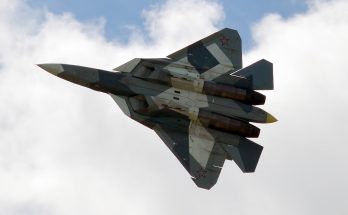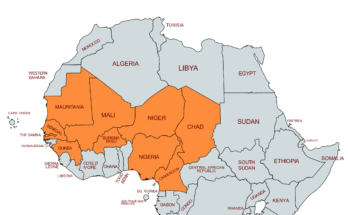
Armored vehicles continue to be a key element of South Africa’s arms exports, a government report indicates.
The National Conventional Arms Control Committee (NCACC), a government agency overseeing South Africa’s arms trade, said in its first quarter 2019 report that between January 1 and March 31, 38 locally made armored combat vehicles were delivered abroad to four customers. Mali purchased 19 vehicles at a cost of ZAR55 million, while Saudi Arabia acquired 15 vehicles, the U.S. procured three, and the UAE acquired one.
DefenceWeb, which reported on the NCACC document, noted, “The NCACC does not provide any information on type of vehicles, whether it is armed and with what or whether it is new or used.”
Mali received 29 Casspir armored personnel carriers (APCs) in July (outside of the first quarter), but these were donated from Germany. The UAE signed a contract for four Mbombe 4 armored vehicles in February 2019, at IDEX.
Other items exported in the first quarter of 2019 include 20 large-caliber artillery systems, which went to the U.S. (13), Jordan (4), and Oman (3). DefenceWeb reported that these systems were “probably either Denel’s G5 or G6.” In total for the period, NCACC approved over 200 export permits for 37 customers, at a total value of over ZAR1 billion.
Armored vehicles remain a key source of income for the South African arms industry, which has struggled in recent years amid low domestic procurement. Last year, 26 countries purchased 137 armored vehicles from the South African arms industry. The U.N. acquired another 120 for Somalia’s government. Many of the importing countries are utilizing the vehicles to support counterinsurgency campaigns.
Military markets analyst, covering Eurasia, Middle East, and Africa.




